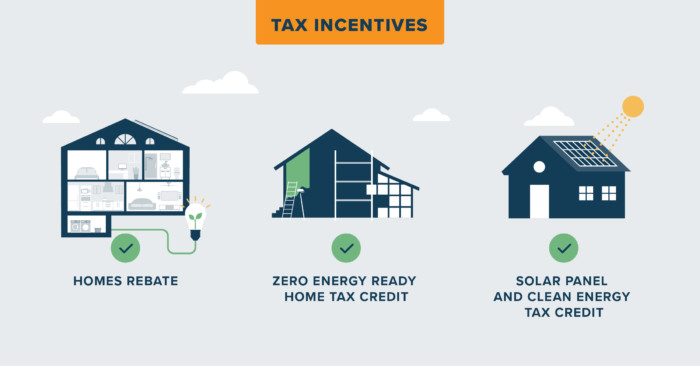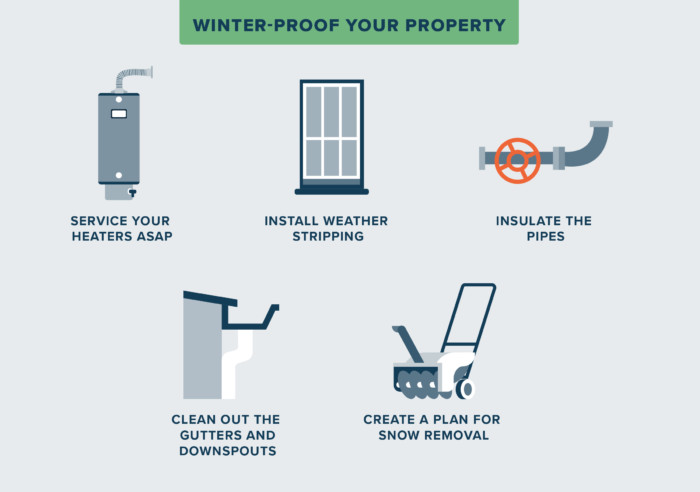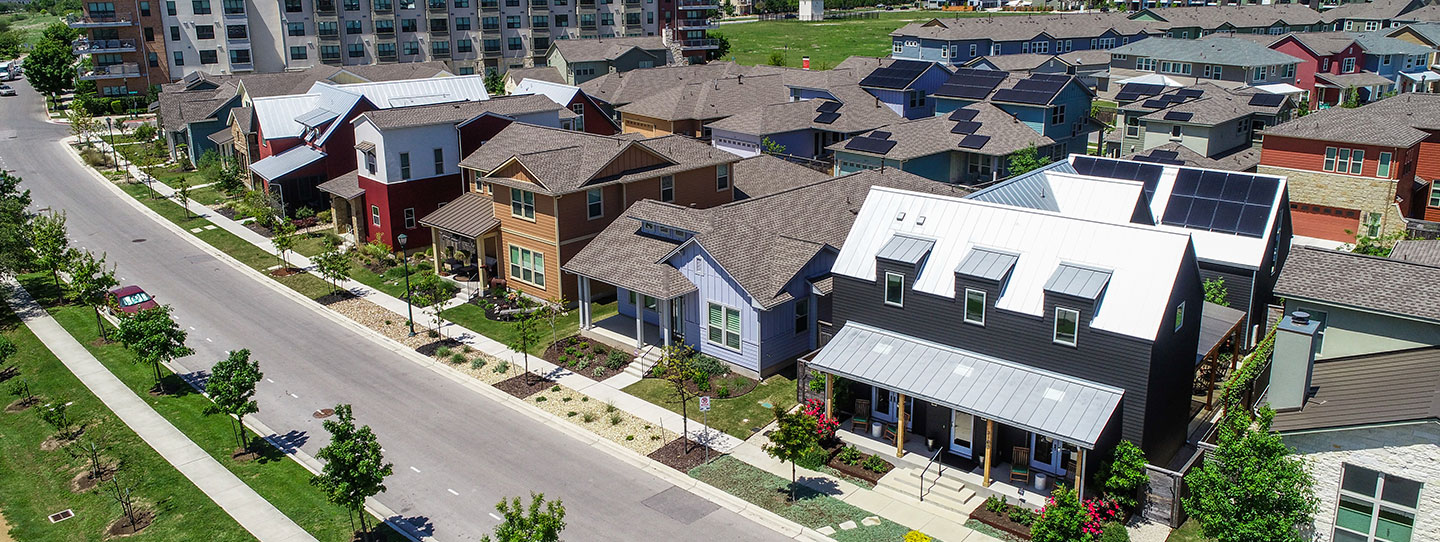If you’ve looked at your properties’ utility bills lately, you know that something is amiss. The global energy crisis has homeowners and property managers alike feeling the squeeze of inflated energy costs. While there is no easy way to avoid the impact altogether, as a property manager, there are some steps you can take to protect your bottom line.
Keep reading to learn what steps you can take to make your properties more energy efficient, avoiding costly spikes this season and saving you money in the long run.
The Energy Crisis at a Glance
Unfortunately, there’s no one, easy-to-pinpoint cause of the current global energy crisis. Rather, it’s a culmination of several factors that have created shortages alongside unusually high demand.
After prolonged shutdowns during the pandemic, energy producers were unable to ramp up production fast enough to meet the demands made by the relatively quick economic rebound. At the same time, the conflict in Ukraine caused additional shortages, while changing weather patterns also contributed to a sharp increase in demand.
Meanwhile, there is political pressure to invest in the production of renewable energy sources, which disincentivize the use of more traditional options such as oil and natural gas.
Together, all of these factors have contributed to a supply and demand imbalance that has caused energy costs to skyrocket around the globe.
Why Invest in Energy Efficient Property Upgrades?
Since none of those contributing factors are simple problems to solve, it looks as though we may be dealing with energy shortages for the foreseeable future. With that in mind, a smart plan of action is to invest in energy efficiency, which can help boost property values and save you money down the road.
To help you plan for the right types of upgrades—and justify those investments to owners—we’ve laid out some of the biggest benefits of going green:
You Can Take Advantage of Tax Incentives
You might have heard about President Biden’s Inflation Reduction Act (IRA), which he signed over the summer. A large portion of the act revolves around providing tax incentives for energy efficient upgrades, particularly ones that property managers may be able to use to cut costs. Here’s a closer look at what this piece of legislation entails:

- HOMES Rebate: Landlords and property managers who are willing to undertake whole-house, energy-saving retrofits are eligible for a rebate based on the amount of energy savings that the home archives.
- Zero Energy Ready Home Tax Credit: Developers can receive a $5,000 tax credit for each home that they build that meets certain energy-saving requirements.
- Solar Panel and Clean Energy Tax Credit: Qualifying property managers can receive an energy efficient property credit worth up to 30% of the panel cost for their commercial or residential property, plus an additional 10% if the panels are being installed on a low-income property.
In addition to the IRA, there are new tax incentives being considered at the local level. For example, multifamily properties in Montgomery County, MD may be eligible to receive rebates and discounts on services such as energy audits, as well as energy-saving appliances and lighting. Meanwhile, in Rancho Mirage, CA, their Residential Solar Rebate Program offers a $500 rebate to any homeowner who installs a new solar panel system.
Those are just a few of the growing number of local incentives available to property managers. Check for programs in your area that might offer further rebates.
Benefits This Season: The Residential Energy Efficient Property Credit
Property managers should be aware that many of the provisions in the IRA don’t take effect until 2023. Fortunately, however, there are still quite a few tax incentives that may be useful for this tax year. For example, the residential energy efficient property credit that has been in effect since 2018, offers a credit of up to $500 on qualifying energy-saving expenditures.
You Can Incentivize Renters to Choose Your Listing
Aside from the tax benefits, offering opportunities for energy savings could help make your rental listing more attractive to potential renters in search of lower utility bills.
A recent study by the American Council for an Energy-Efficient Economy (ACEEE) found that renters were 21% more likely to choose rental listings with energy-efficiency information over those without. What’s more, the participants surveyed were willing to pay up to 1.8% more in rent to access these upgrades.
You Can Improve Long-Term ROI
Finally, there are long-term cost savings to consider. According to Energy Sage, a solar panel marketplace developed in conjunction with the U.S. Department of Energy, solar panel users save between $10,000 to $30,000 on electricity over the life of their system. Similarly, property managers who choose ENERGY STAR appliances can expect to save an average of $450 on their utility bills.
Over time, these small savings can add up to substantial profits that you can reinvest into your property to improve its value or use to expand your portfolio.
Quick Fixes to Protect Profits for Energy Efficient Properties
That said, we recognize that most of the upgrades mentioned above take some time to make. While they are certainly valuable to your bottom line, especially in the long run, they’re not your only option. You may want to consider making some quick fixes to your property to help keep this year’s energy costs as low as possible while you explore more permanent solutions.
How to Winter-Proof Your Property
In some regions, winter-proofing your property is a must. The more thorough you are with your winterization, the less need to fire up the heater, which residents will appreciate and you’ll benefit from, especially if you manage multifamily properties.
If your goal is to fully winterize your multifamily property, we have a multifamily winterization checklist that can assist you in managing the process from start to finish. However, if you just need a few tips to get started, or you’re managing a single-family rental property, here are some important steps you can take:

- Service your heaters ASAP: With colder weather right around the corner, no one wants a tenant’s heater to break. Make an appointment for routine servicing as soon as possible.
- Install weather stripping: Install weather stripping under doors and around drafty windows. While you’re at it, also be sure to fill in any noticeable cracks.
- Insulate the pipes: Start with any pipes that run along outside walls or are exposed to the elements.
- Clean out the gutters and downspouts: Clogged gutters won’t be able to dispose of snow melt properly, which can then turn to ice and become a safety hazard. Make sure your property’s gutters are clear before the weather turns severe.
- Create a plan for snow removal: Discuss with your tenant who will be responsible for snow removal and how the process should be done.
How to Summer-Proof Your Property
Similarly, summer-proofing a property can help stop your residents from sweating over sky-high energy bills. Here are a few things that you can do to keep your property as cool as possible in the face of the summer heat:
- Upgrade your insulation: Adding insulation will help save on energy bills during both the cooler and winter months because it stops temperature-controlled air from escaping your home. However, if you’re going to be opening up walls, summer is the time to do it.
- Install “Low-E” film on your windows: Low-E film, which means “low emissivity,” contains a metal oxide material that blocks the sun’s UV rays.
- Paint your roof white: This idea comes from the U. S. Department of Energy. Essentially, painting your property’s roof white will help save energy by allowing light and heat to be bounced off the roof rather than absorbed into your home.
Upgrading for Long-Term ROI
Once you have your quick fixes taken care of, the next step is to think about some energy-efficient upgrades to add to the property(ies) you manage. According to the ENERGY STAR Home Upgrade Plan, there are six major upgrades that you can make over time that will have a positive impact on your bottom line:
- Heating and cooling system: Heating and cooling account for a bulk of energy costs, so do your best to find a system that is as efficient as possible.
- Hot water heater: Each high-efficiency hot water heater installed has the potential to save up to $300 per year.
- Smart thermostats: Giving tenants the opportunity to set a thermostat allows them to more efficiently control their heating and cooling costs more while reducing strain on the system as a whole.
- Insulation: According to ENERGY STAR, properly insulating your home and especially your attic can help you save up to 10% on your energy bills.
- High-performing windows: Properly rated windows can reduce your heating costs by as much as 12%, as well as reduce damage to walls and flooring from the sun’s UV rays.
- Electric appliances: Replace old appliances with electric ones. Additionally, think about installing an EV charger to give your renters the option of owning an electric vehicle.
Invest in Software to Keep Things Organized
If you’re planning to embark on any improvement project, either in the long or short-term, you’ll get the job done faster and for less money with a system to help you stay organized. Buildium is a property management software solution that gives you extensive control over projects with simple to use tools.
Our Maintenance Contact Center lets you track progress on work orders while our team does the heavy lifting. Accounting features within Buildium ensure all expenditures are accounted for in the midst of managing day-to-day operations. When the time comes to file your taxes or apply for rebates, you’ll have all the information you need at hand.
Confronting the Energy Crisis to Protect Your Bottom Line
At the end of the day, taking steps to combat the energy crisis is really about protecting your bottom line for years to come. While no one can truly predict how energy costs will change in the future, you can take action to ensure that you’ll be in the safest position, with upgrades that will benefit you regardless of outside factors.
Use the information in this guide to help you get started planning energy efficient property upgrades that make sense for your property. With a bit more research into specific solutions, you’ll know just what to do to keep your properties green and your investments in the black.
Read more on Maintenance

